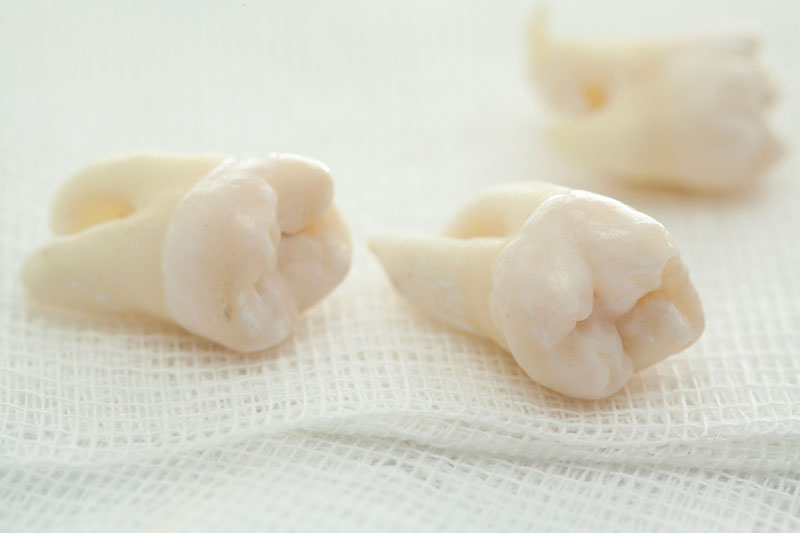When a Tooth Is Lost, More Than a Smile Is Affected
When a Tooth Is Lost, More Than a Smile Is Affected
Tooth loss is often thought of as only a cosmetic issue, but the reality goes much deeper. Losing a tooth—whether from gum disease, decay, or trauma—affects how you chew and speak, changes your facial structure, and even impacts the density of your jawbone.
What many people don’t realize is how quickly bone loss begins after a tooth is gone. This process, called bone resorption, gradually reshapes the jaw and makes future dental work more challenging. For years, solutions like dentures or bridges restored the appearance of a smile but couldn’t prevent this hidden loss.
That’s where dental implants have transformed modern dentistry.
A Thoughtful Solution That Replaces the Whole Tooth
Dental implants don’t just replace what you see—they also replace the root. A small titanium post is placed directly into the jawbone where the natural tooth root once was. As the bone heals, it bonds with the implant in a process called osseointegration.
Once secure, the implant becomes the foundation for a custom crown. The result looks, feels, and functions like a natural tooth. Many patients even say they forget which tooth was replaced—perhaps the best measure of success.
What Makes Implants Different
Unlike dentures that rest on the gums or bridges that rely on neighboring teeth, implants stand independently. This means surrounding teeth remain untouched and stress-free, supporting long-term oral health.
Even more importantly, implants help preserve jawbone density. Chewing applies natural pressure through the implant, stimulating the bone and preventing it from shrinking. This benefit extends beyond appearance—it helps maintain facial structure and bite strength.
Benefits of dental implants include:
- Preserve bone density through natural chewing pressure
- Do not rely on or damage adjacent teeth
- Look and feel like natural teeth
- Provide a stable, long-term solution compared to dentures or bridges
Not Every Mouth Is Ready—But Most Can Be Made Ready
For implants to succeed, healthy bone is required. If bone has already been lost, bone grafting may rebuild the area before placement.
Certain health conditions, such as uncontrolled diabetes or immune system concerns, may require additional evaluation. But with modern imaging, precise planning, and minimally invasive techniques, implants are possible for more patients than ever before.
The process typically takes several months, allowing time for healing and integration. While it requires patience, the end result restores not only a tooth—but also confidence and quality of life.
Caring for Implants: A Long-Term Partnership
While implants can’t decay, the gum tissue and bone around them must remain healthy. Without proper care, peri-implantitis (a form of gum disease) can cause implant failure.
Prevention is simple:
- Brush and floss daily
- Visit your dentist Lewiston regularly for checkups and cleanings
- Use specialized professional cleaning tools when needed
When maintained properly, implants can last for decades—often a lifetime.
The Right Restoration, for the Right Reason
Dental implants represent more than just a replacement—they restore what was truly lost: strength, stability, and natural function. They combine biology and engineering in a way that benefits both health and aesthetics.
For patients facing tooth loss, the decision is no longer between appearance and longevity. With implants, you can have both—eating comfortably, speaking clearly, and smiling confidently for years to come.
📞 To explore whether dental implants are right for you, call (509) 758-7150 to schedule your personalized consultation.





